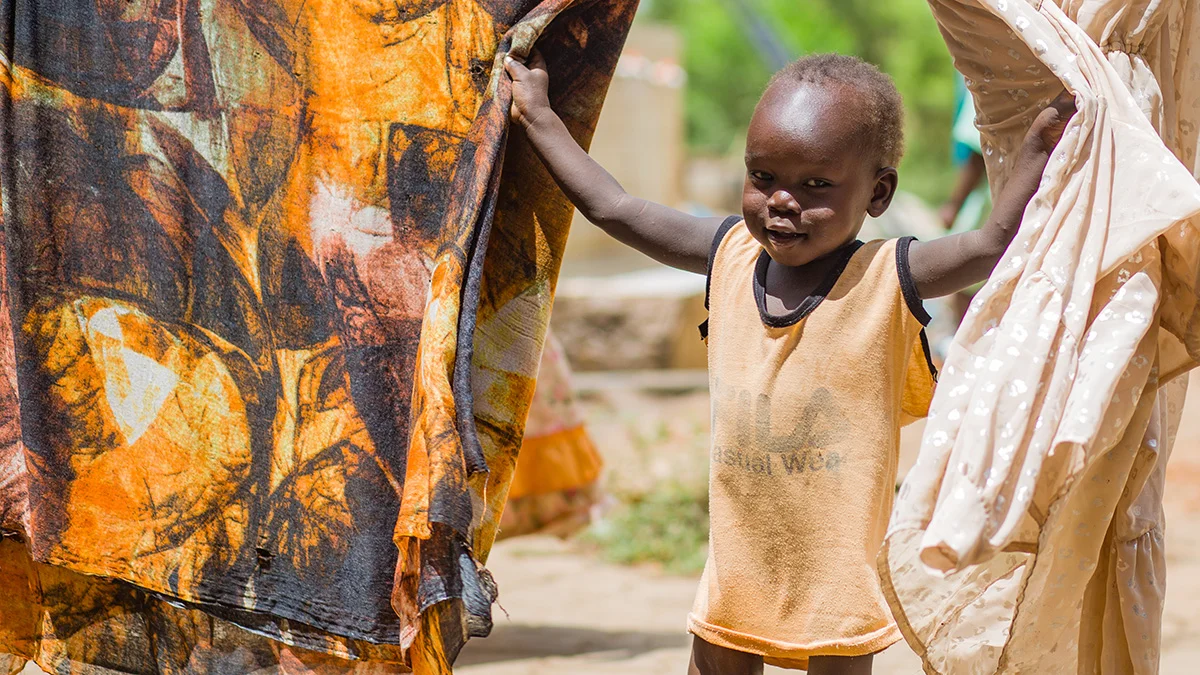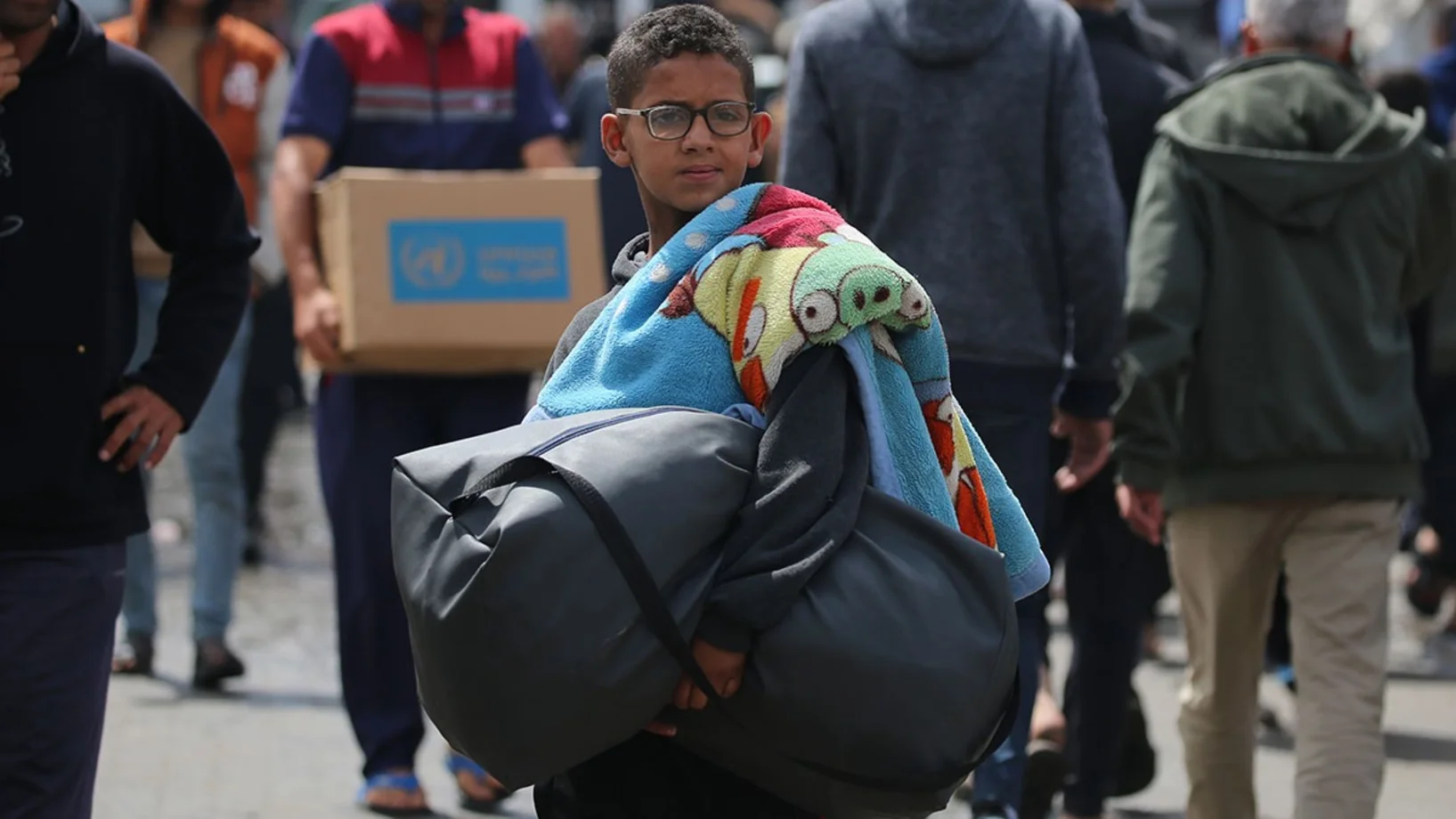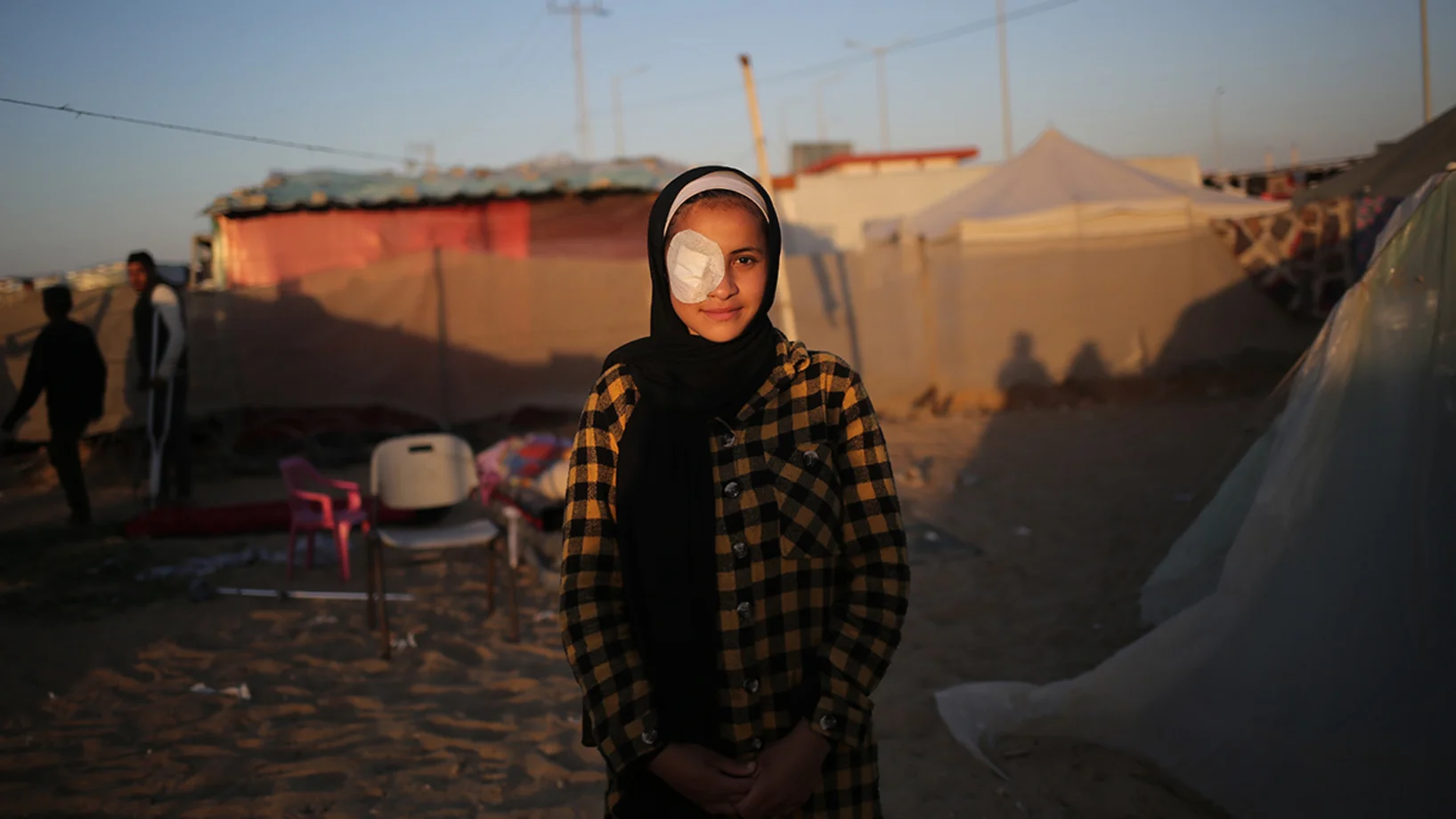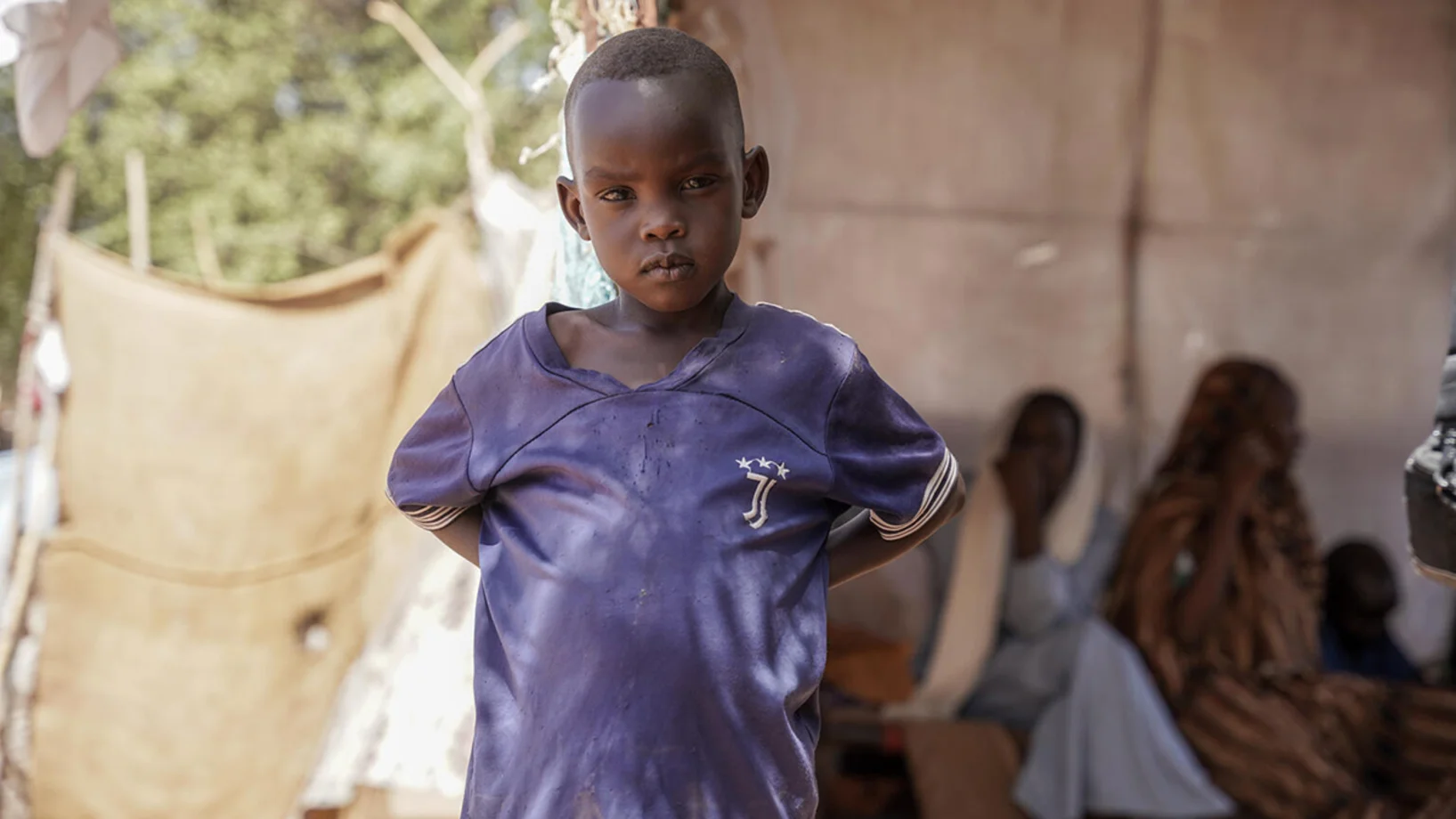With more children displaced in past 52 days than in previous four years combined, UNICEF warns that, without peace, the future of Sudan’s children is at stake.
At least two million children have been forced from their homes since the conflict in Sudan erupted four months ago – an average of more than 700 children newly displaced every hour. As violence continues to ravage the country, over 1.7 million children are estimated to be on the move within Sudan’s borders and more than 470,000 have crossed into neighbouring countries.
“With over two million children uprooted by the conflict in only a few months, and countless more trapped in its merciless grip, the urgency of our collective response cannot be overstated,” said Mandeep O’Brien, UNICEF Country Representative in Sudan. “We are hearing unimaginable stories from children and families, some of whom lost everything and had to watch their loved ones die in front of their eyes. We said it before, and we are saying it again: We need peace now for children to survive.”
At present, close to 14 million children are in urgent need of humanitarian support, many facing multiple threats and terrifying experiences every single day. Apart from conflict hotspots like Darfur and Khartoum, the heavy fighting has now spread to other populated areas, including in South and West Kordofan, limiting the delivery and access of lifesaving services for those in urgent need.
The latest Integrated Food Security Phase Classification (IPC) reports food insecurity is on the rise, estimating that 20.3 million people in Sudan will be food insecure between July and September 2023, at least half of them children. This means that more than 10 million children are likely to reduce the quantity or quality of the food they eat in order to survive. In many cases, families will be forced to do both.
With the beginning of the rainy season, many houses have been destroyed by floods resulting in more families fleeing their areas. Moreover, the risk of disease outbreaks such as cholera, dengue, Rift Valley Fever and chikungunya, is significantly higher during the rainy period. Currently, more than 9.4 million children lack access to safe drinking water in Sudan and 3.4 million children under 5 are at high risk of diarrheal diseases and cholera.
Violence continues to obstruct the delivery of health and nutrition services, putting millions of children at risk. In Khartoum, the Darfur and Kordofan regions, fewer than one-third of health facilities are fully functional. Insecurity and displacement are also preventing patients and health workers from reaching hospitals and other health facilities, with many being reportedly attacked and destroyed.
Health systems in the other 11 states are overwhelmed due to the massive displacement of populations from hotspots to these less-affected states. According to UNICEF sources, all states in Sudan are reporting severe shortage and stockout of medicines and supplies, including life-saving items.
In areas with high internal displacement and where health systems are stretched - such as the Blue and White Nile States - disease outbreaks, including measles, are resurfacing with reported associated deaths.
The lethal combination of measles, malnutrition and displacement is putting lives of children at a very high risk if urgent action is not taken. As conflict continues to ravage the country, almost 700,000 children with severe acute malnutrition are at high risk of not surviving without treatment, 1.7 million babies risk missing critical lifesaving vaccinations, and an entire generation of children will likely miss out on education.
Over the last four months, UNICEF has been providing health, nutrition, water, sanitation and hygiene (WASH), education and protection services to over 4 million children, mothers, and families across Sudan. In the next 100 days, UNICEF urgently needs US$400 million to sustain and scale its crisis response to support the most vulnerable children.
UNICEF continues to call on all parties involved in the conflict to prioritize the safety and well-being of children, ensure their protection, and enable unimpeded humanitarian access to affected areas. Lifesaving humanitarian support must be provided without delay to protect and safeguard the rights of millions of vulnerable children.



